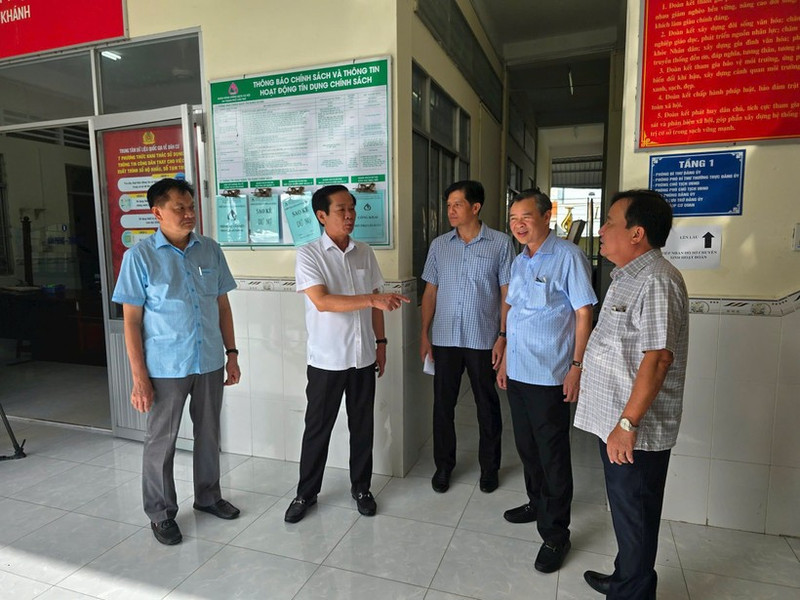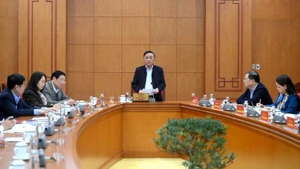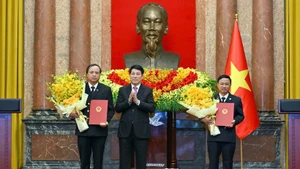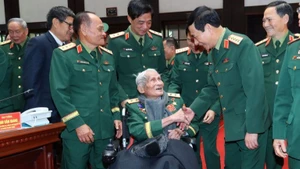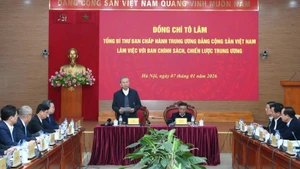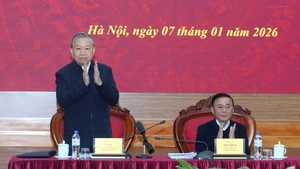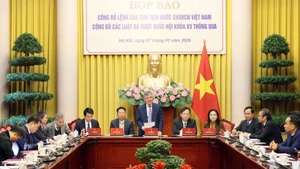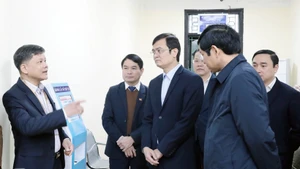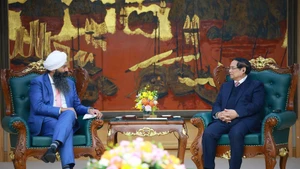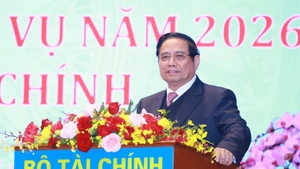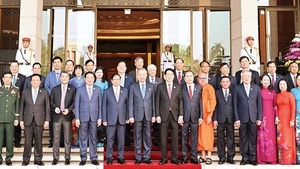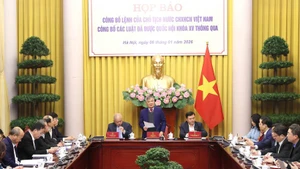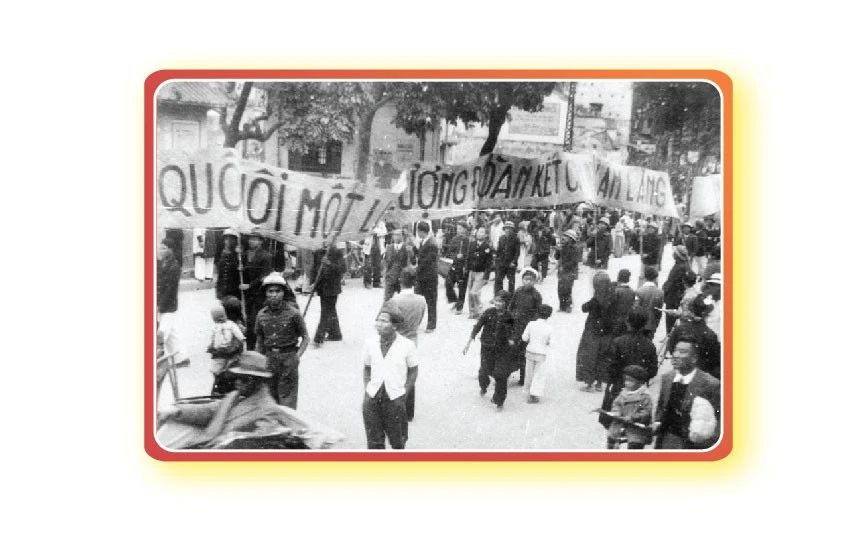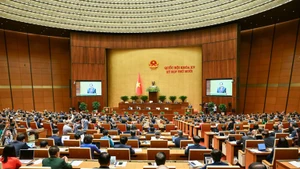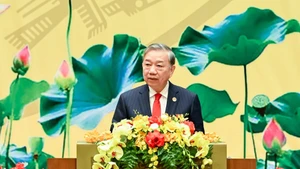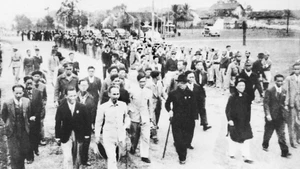According to Le Tan Thu, Head of the Organisation Commission of the Can Tho Party Committee, the Standing Boards of three provincial and municipal Party Committees have now reached consensus on the personnel plan for the Executive Board, the Standing Board, and the Inspection Commission of the Can Tho Party Committee for the 2020–2025 and 2025–2030 tenures. The assignment of members of the Executive and Standing Boards to future leadership roles post-merger has also been outlined.
Notable outcomes
Following the merger, the Can Tho Party Committee will comprise 109 subordinate party organisations with 103 commune- and ward-level party organisations, and the Party Committees of city-level agencies such as the Public Security, the Military Command, Can Tho University and Can Tho University of Medicine and Pharmacy. The total number of Party members is over 141,000.
Secretary of the Can Tho Party Committee, Do Thanh Binh, emphasised that the personnel work had been carried out with a high level of consensus and unity within the Standing Board, enabling the early completion of the personnel plan for submission to the Politburo and the Secretariat for consideration and appointment in accordance with regulations.
In terms of administration and personnel, it is projected that after the reorganisation and merger the new Can Tho City (with the addition of Soc Trang and Hau Giang provinces) will reduce from 263 commune-level administrative units to 103 units. In the first year alone, around 2,681 personnel will be streamlined, a reduction of 4%. Of this, Can Tho will reduce 1,137 staff members, Soc Trang 699, and Hau Giang 845.
According to the Can Tho People's Committee, the three localities currently have a combined total of 4,050 public offices. After the merger, the city will continue to utilise 3,674 offices, leaving 376 redundant; of which 143 are in Can Tho, 123 in Soc Trang, and 110 in Hau Giang. Plans and a roadmap for dealing with these will be implemented in 2025 and 2026.
Prepared to operate two-tier local government system
Recently, leaders of Can Tho City conducted inspections and surveys of commune and ward offices that are proposed to serve as the new administrative centres after the merger. At these sites, local officials affirmed that the physical facilities have basically met the requirements for the new communes and wards to be officially operated from July 1, 2025.
Truong Canh Tuyen, Chairman of the Can Tho People’s Committee, stated that the city’s Steering Committee for administrative restructuring had already established subcommittees and working groups to oversee the transition and move toward a two-tier local government model. “The city has instructed localities to continue reviewing and promptly propose additional infrastructure needs to ensure that all newly merged communes and wards can operate smoothly from 1 July,” Tuyen stressed.
Secretary of the Can Tho Party Committee, Do Thanh Binh, noted that members of the Standing Boards of the three provinces must demonstrate strong political will, give advices and propose when new policies and implementation plans are introduced, submitting them to the city’s Steering Committee for consideration and decision.
Localities urgently complete steps, especially administrative procedures and paperwork when switching to operating under a two-tier local government model, ensuring conditions for telecommunications infrastructure and smooth network connection; at the same time, it is necessary to focus on directing economic development and disbursing public investment capital to contribute to Can Tho’s socio-economic development after the merger to achieve the set plan.
